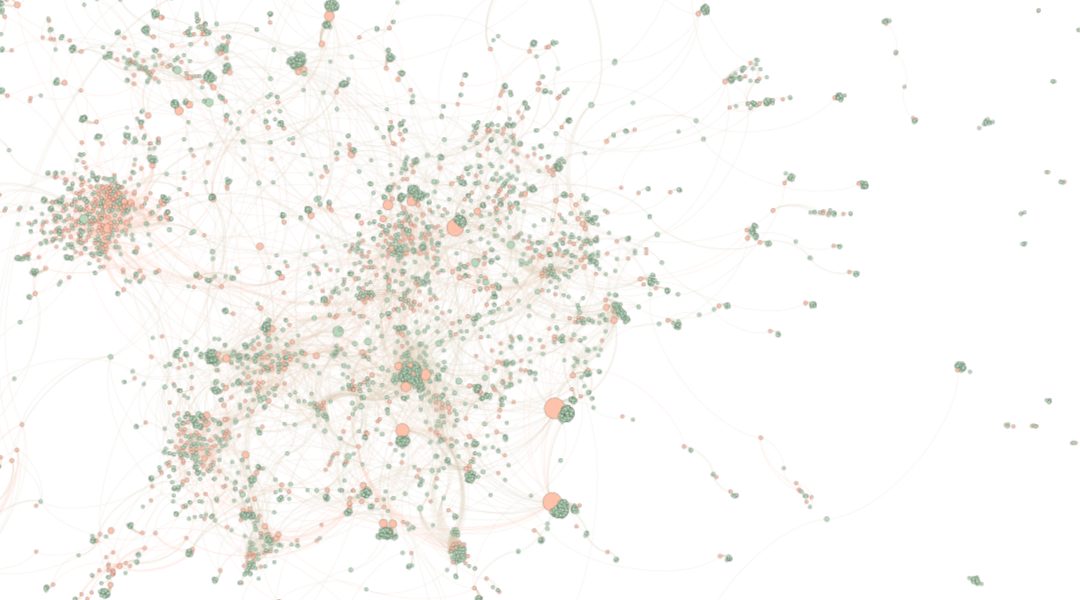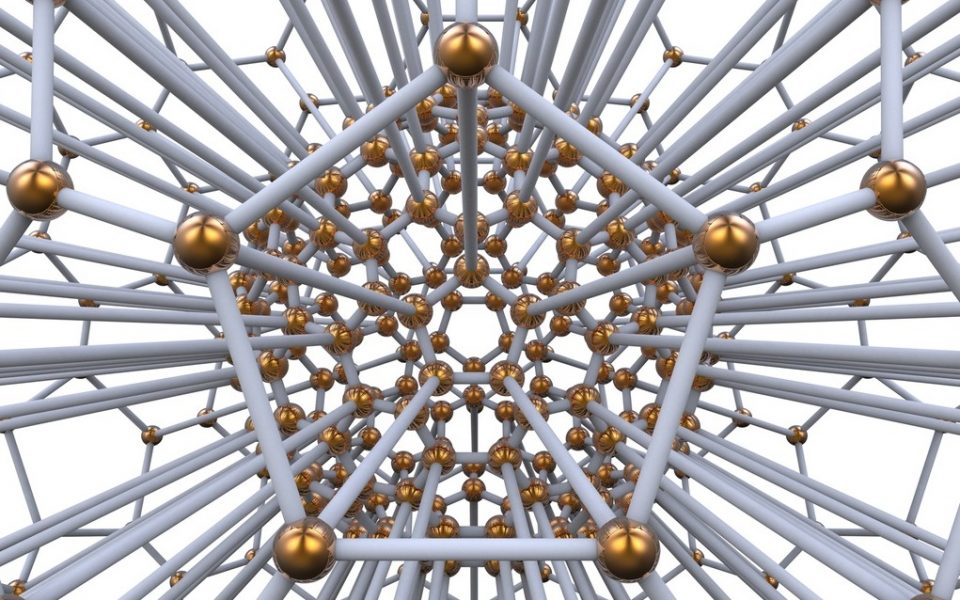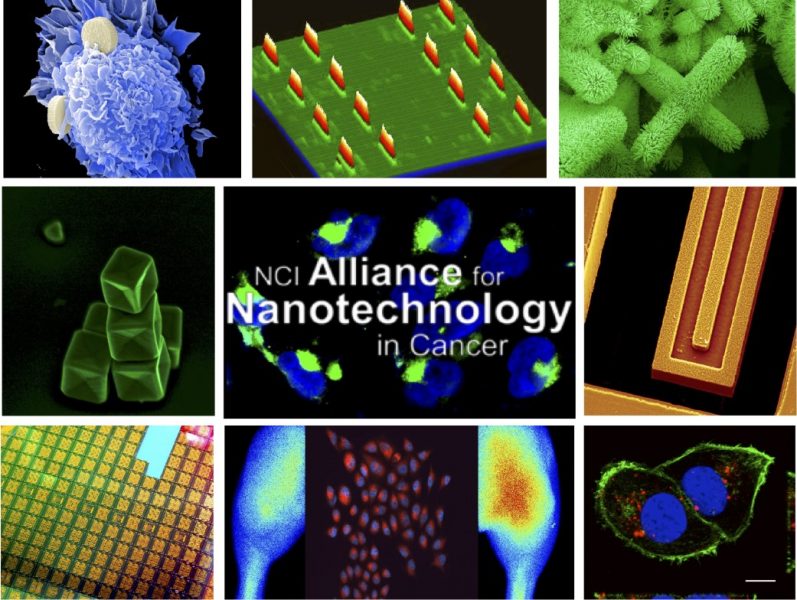How a light-powered snail is addressing scalability in robotics.


How a light-powered snail is addressing scalability in robotics.

Scientists show that thin films of rust can be used to generate electricity with flowing saltwater.

How magnetic targeting of drugs and/or magnetically induced release of drugs can be harnessed to improve the treatment of cancer.

At the core, this WIREs Nanomedicine & Nanobiotechnology review argues that innovators sought to deal with these uncertainties by building upon approved technologies, favoring scientifically crowded fields.

Electroconductive hydrogels resemble the extracellular matrix in tissues, enabling cell growth, proliferation, and migration.

Researchers in China develop a novel vaccine that could pave the way to preventing cross-species transmission of influenza A.

A plasma‐based gas‐phase method for a direct and lower‐cost synthesis of gold nanoparticle and gas entrainment.

A novel solution-processing organic flexible synaptic device with bidirectional linear conductance regulation.

The NCI Alliance for Nanotechnology in Cancer program was established in 2005 to accelerate integration of nanotechnology into cancer research and oncology.

The ability to collocate multiple functionalities will create new opportunities for the fabrication of “smart” soft robotic systems.